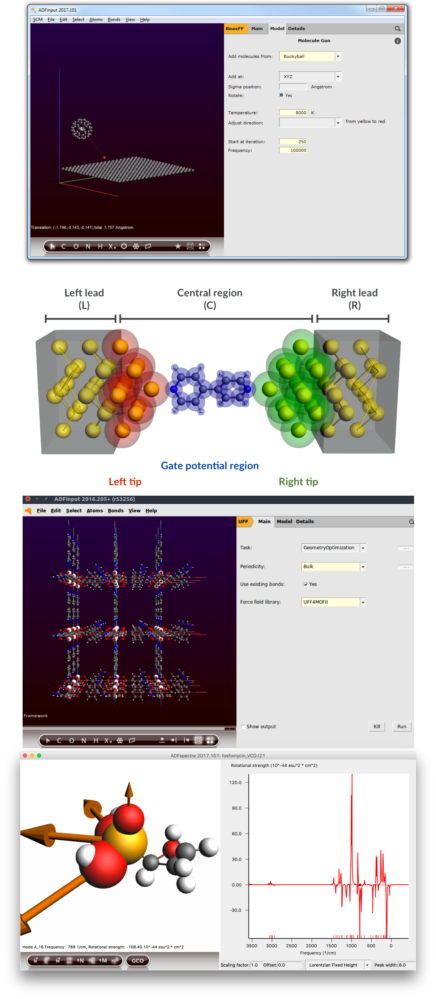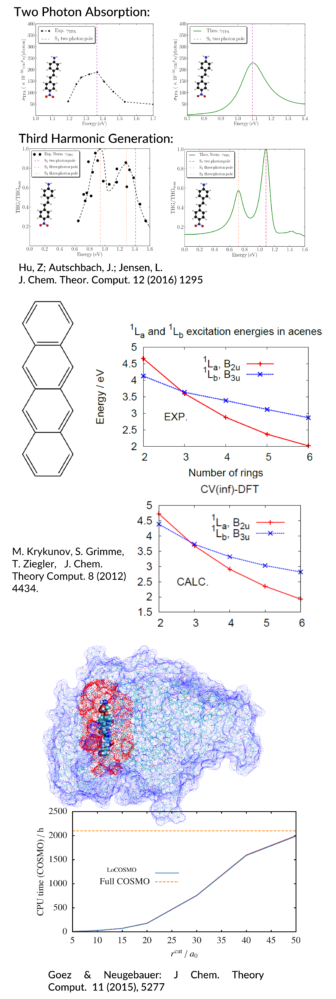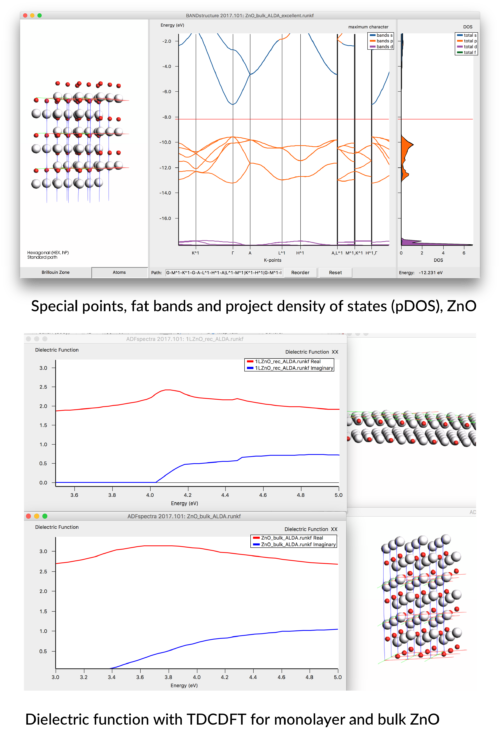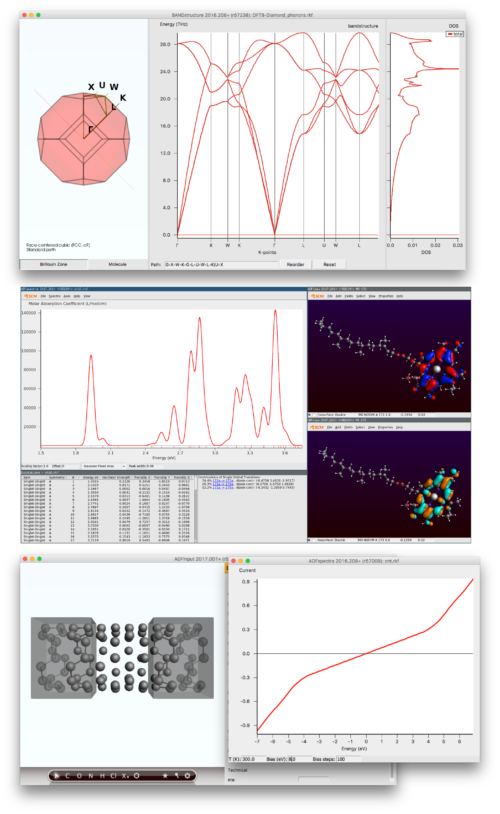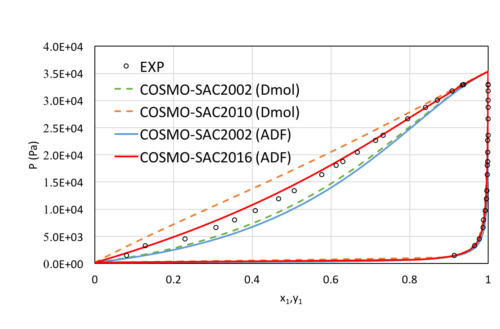Release Notes ADF Modeling Suite 2017
The SCM team is happy to announce the 2017 release of the ADF Modeling Suite, with many new features and improvements. Materials scientist will be excited by various improvements in the graphical interface (GUI), new features and performance. Chemists will enjoy new techniques for spectroscopic properties.
